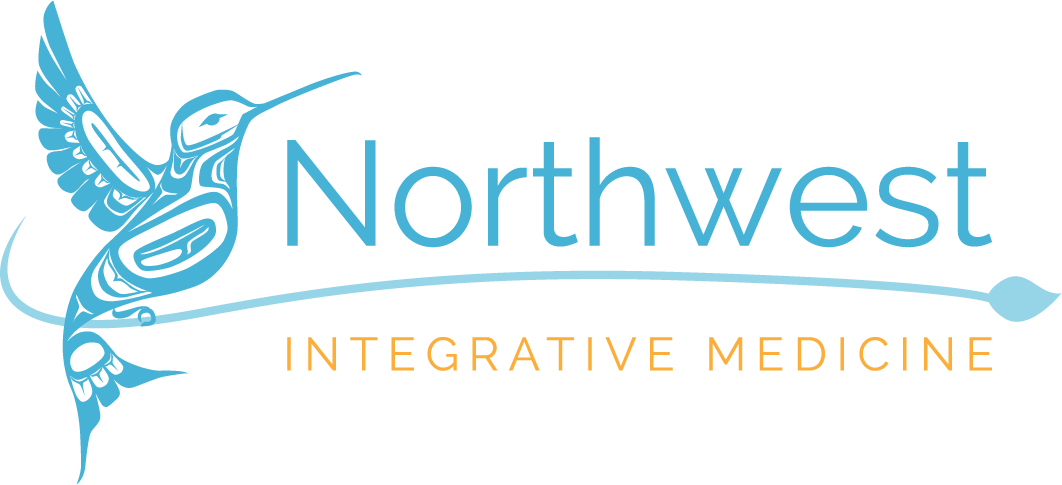 As Naturopathic Physicians, we are educated in the use of pharmaceuticals, but that is not typically our first line therapy in patients. Why? Well, making the decision to prescribe a medication or use other methods for symptom relief can be a complex decision that needs to be discussed with your provider. These are some of the concerns that should be addressed with your prescribing provider any time a prescription drug is considered.
As Naturopathic Physicians, we are educated in the use of pharmaceuticals, but that is not typically our first line therapy in patients. Why? Well, making the decision to prescribe a medication or use other methods for symptom relief can be a complex decision that needs to be discussed with your provider. These are some of the concerns that should be addressed with your prescribing provider any time a prescription drug is considered.
To start, we need to understand a few basics of pharmacology:
- DIRECT EFFECTS of the drug, also called the Mechanism of Action (MOA for short). This is the therapeutic action that is the goal of prescribing the medication, the effects of the drugs on the target system, such as the blood pressure lowering effects of lisinopril through the action of the hormone angiotensin converting enzyme (ACE).
- INDIRECT EFFECTS of the drug, these are effects of the drug on non-target systems, that often create side effects. Using lisinopril as our example again, this is the effect of the drug on the lung tissue that can create the most common side effect of a dry, hacking cough. Anytime we attempt to alter the normal physiology in one area of the body, there is a high likelihood that other tissues will also be affected. The only way to determine these effects are through human research studies. Animal studies can give us some clues, but the physiology of other animals is not exact to human physiology.
- NUTRIENT DEPLETIONS can also be a result of the direct or indirect actions of the drug. These depletions can create new disease states due to the deficiencies created. This can be mitigated through supplementation of the affected nutrient(s).
- COMPENSATORY MECHANISMS are a result of what we term the Law of Dual Effect in Naturopathic medicine. This means that each time an agent is applied to the human body, two effects result. The first effect occurs right away and is shorter-lived. The second effect is generally referred to as a “compensatory response”, where the compensatory mechanisms of the body meet the dosage or exceed the dosage of the drug and reduce its effectiveness. What can happen over time is that the prescriber will need to increase the dose or add additional therapeutic agents to control the symptoms.
This last bullet point is, in my opinion, the most important clinically. We see this all the time in medicine – the patient starts a medication to manage their symptoms and over time the medication dose needs to be increased to produce the desired effects. Eventually, additional drugs need to be added to continue to manage the symptoms. This happens because the cause of the symptom has not been addressed. The symptom is a reaction the body is creating to something – in the example of high blood pressure, it could be poor circulatory perfusion to vital organs such as the kidneys, thyroid hormone excess can create high blood pressure, lack of normal artery flexibility due to atherosclerosis, chronic stress, mineral deficiencies, adrenal gland tumors, even sleep apnea can create high blood pressure. High blood pressure can even be a side effect of certain drugs and herbs as well.
The last important piece of pharmacology is understanding the exact mechanism of action, which in many drugs is unknown. Drug manufacturers will report the mechanism of action is “perceived to be…” or “believed to be…” or will flat out even state “the exact mechanism of action of this drug is unknown”. We still do not fully understand many of the direct, indirect or compensatory reactions of these medications, and we may never understand them all because the human physiology is incredibly complex, dynamic and individual. Patients with particular genes will respond better to a certain antidepressant than those without that gene. The influence of nutrient supplementation or nutrient deficiencies can interfere with how well a medication works or doesn’t work. The practice of medicine in general is not an exact science but is more of an art because of this.
Coming Next:
Part 3 : What about the research?
Part 4: Pharmaceuticals: Are you getting all the information?
Citations:
- Michael Schroederm Death by Prescription, US News and World Report,
https://health.usnews.com/health-news/patient-advice/articles/2016-09-27/the-danger-in-taking-prescribed-medications - What researchers mean by Statistical Significance;
https://www.iwh.on.ca/what-researchers-mean-by/statistical-significance - Prozac full prescribing information:
http://pi.lilly.com/us/prozac.pdf - Flonase full prescribing information:
https://www.accessdata.fda.gov/drugsatfda_docs/label/2004/20549slr016,20548slr020,20121slr030_flonase_lbl.pdf - Eszopiclone full prescribing information:
https://www.accessdata.fda.gov/drugsatfda_docs/label/2014/021476s030lbl.pdf - Bupropion full prescribing information:
https://www.accessdata.fda.gov/drugsatfda_docs/label/2011/018644s043lbl.pdf - Ioannidis JPA. Contradicted and Initially Stronger Effects in Highly Cited Clinical Research. JAMA. 2005;294(2):218–228. doi:10.1001/jama.294.2.218
https://jamanetwork.com/journals/jama/fullarticle/201218 - Lexchin J, Bero LA, Djulbegovic B, Clark O. Pharmaceutical industry sponsorship and research outcome and quality: systematic review. BMJ. 2003;326(7400):1167-70.
https://www.ncbi.nlm.nih.gov/pmc/articles/PMC156458/

